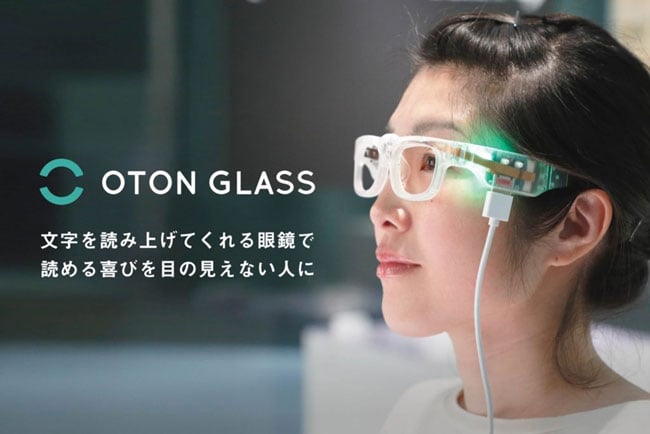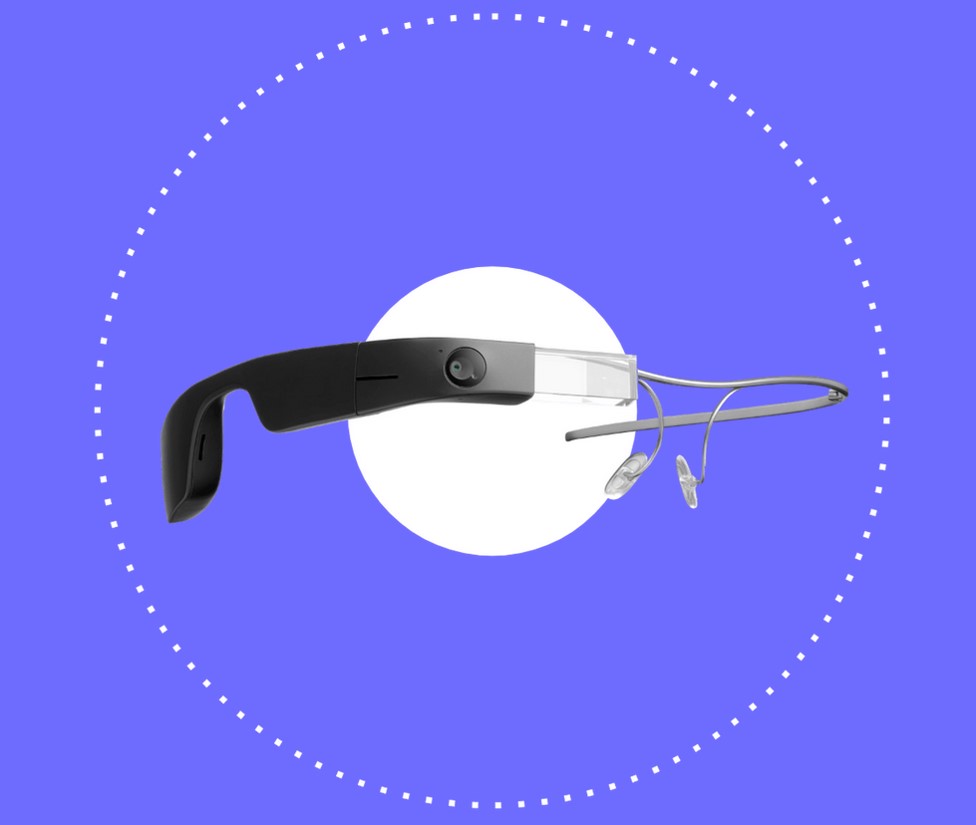The Future of Assistive Technology for the Blind: Empowering Independence
The Future of Assistive Technology for the Blind: Empowering Independence
Blog Article
Enhancing Availability Via Assistive Innovation for the Blind
The assimilation of assistive modern technology for the blind represents a pivotal development in availability, basically changing how people navigate their atmospheres and engage with culture. From display readers to cutting-edge wise canes, these devices not just improve independence but likewise advertise inclusivity in different spheres of life. As we discover the diverse kinds of assistive gadgets and their tangible influence on day-to-day living, it becomes important to check out just how continuous technical advancements are improving the landscape of support for the blind area. What ramifications do these developments hold for the future of availability?
Review of Assistive Innovation
Assistive modern technology describes an array of devices and software created to improve the abilities of people with handicaps, consisting of those who are blind or aesthetically impaired. This modern technology plays a critical role in advertising freedom and boosting the lifestyle for users. By providing different techniques for accessing info and performing everyday jobs, assistive technology encourages individuals to browse their environments much more efficiently.
The development and execution of assistive technology accept a selection of principles aimed at fostering ease of access. These principles include user-centered design, which focuses on the requirements and preferences of the person, and the integration of modern technology right into everyday tasks. Such advancements ensure that assistive tools are not just useful yet also user-friendly and easy to utilize.
In addition, assistive innovation encompasses a varied range of solutions, from low-tech alternatives like magnifiers to state-of-the-art advancements such as display viewers and Braille display screens. The continuous evolution of this area is driven by the requirement to deal with the unique challenges dealt with by individuals with aesthetic disabilities (Wearable technology for low vision). As technology remains to development, the potential for boosting accessibility and promoting inclusivity continues to be promising, inevitably adding to a much more equitable culture

Kinds Of Assistive Devices
Numerous kinds of assistive devices are offered to sustain people who are visually damaged or blind, each developed to address details needs and challenges. These tools can be extensively categorized right into three main types: low-tech, mid-tech, and state-of-the-art services.
Low-tech tools consist of items such as magnifiers, Braille labels, and responsive maps. These are fairly straightforward devices that boost the user's capacity to connect with their atmosphere without calling for complex modern technology.
Mid-tech devices often include advanced functions, such as digital magnifiers and portable Braille note-takers. These tools can use functionalities like speech output, permitting individuals to gain access to info much more successfully.

Influence On Daily Living
The schedule of different assistive tools dramatically boosts the lifestyle for individuals who are blind or visually impaired, affecting their everyday living in extensive ways. By integrating modern technologies such as screen readers, Braille presents, and audio summary solutions into their regimens, customers gain higher freedom and independence. These devices facilitate access to details, making it possible for people to do day-to-day tasks, such as reviewing e-mails, navigating public rooms, and appreciating media material.
Moreover, assistive tools empower individuals to involve even more fully in social interactions and area tasks. The ability to utilize smartphones equipped with accessibility functions permits smooth communication and link with others. This connectivity fosters a sense of belonging and reduces sensations of isolation.
In specialist settings, assistive technology supports productivity by enabling people to total job jobs effectively. Tools like voice recognition software application and specialized magnification devices enable individuals to take part in the labor force on equal footing with their sighted peers.

Developments in Technology
Current technical developments have actually dramatically changed the landscape of tools available for people who are blind or aesthetically damaged. The combination of expert Discover More system (AI) and device discovering has actually triggered applications that boost navigation and item recognition. Smart device apps can currently make use of AI to identify and define surroundings in real-time, supplying individuals with beneficial contextual details.
In addition, innovations in haptic technology have caused the growth of smart walking sticks furnished with sensors that spot obstacles and provide responsive comments. This encourages users to browse their atmosphere with raised self-confidence and self-reliance. Developments in text-to-speech software application and braille display screens have actually boosted the availability of electronic material, permitting for seamless interaction with different media.
Wearable innovations, such as smart glasses, are likewise making strides in helping aesthetic problems. These devices can supply augmented truth experiences, overlaying crucial details onto the individual's field of vision. Jointly, these innovations not only enhance the click here to read high quality of life for people that are blind however additionally advertise higher addition in culture. As technology remains to advance, the potential for a lot more transformative tools stays on the perspective.
Future Trends and Innovations
As technology quickly progresses, the future of assistive tools for individuals who are blind holds immense promise. Innovations in expert system (AI) and artificial intelligence are poised to reinvent the method blind customers engage with their environments. AI-driven applications are being created to improve object acknowledgment, permitting individuals to identify and browse their surroundings with higher ease and accuracy.
Furthermore, advancements in haptic responses innovation are allowing the creation of tactile maps and navigating help that give real-time details with touch. These technologies not just enhance mobility but additionally foster self-reliance. Furthermore, wearable tools equipped with augmented fact (AR) attributes are arising, offering customers aesthetic details with sound summaries, consequently linking the gap in between the physical and electronic worlds.
Moreover, the assimilation of clever home innovation offers new possibilities for access, enabling people to manage their living environments via voice commands or smartphone applications. As cooperation in between technology developers and the blind community proceeds, the concentrate on user-centered design will certainly eyeglass stores guarantee that future technologies are tailored to fulfill the one-of-a-kind needs of this populace (Wearable technology for low vision). The trajectory of assistive technology assures an extra inclusive and empowering future for individuals who are blind
Verdict
In final thought, assistive modern technology plays an essential function in boosting accessibility for individuals with aesthetic disabilities. Continuous improvements in technology and user-centered design ensure that these devices provide effectively to the one-of-a-kind requirements of the blind area.
The combination of assistive technology for the blind represents a crucial innovation in availability, basically altering just how individuals browse their environments and engage with culture.Assistive innovation refers to a variety of tools and software application designed to boost the abilities of people with handicaps, including those that are aesthetically impaired or blind. Wearable technology for low vision.As innovation swiftly proceeds, the future of assistive tools for people who are blind holds enormous assurance. The trajectory of assistive technology assures a much more empowering and comprehensive future for individuals that are blind
In conclusion, assistive technology plays an important role in enhancing ease of access for people with aesthetic impairments.
Report this page